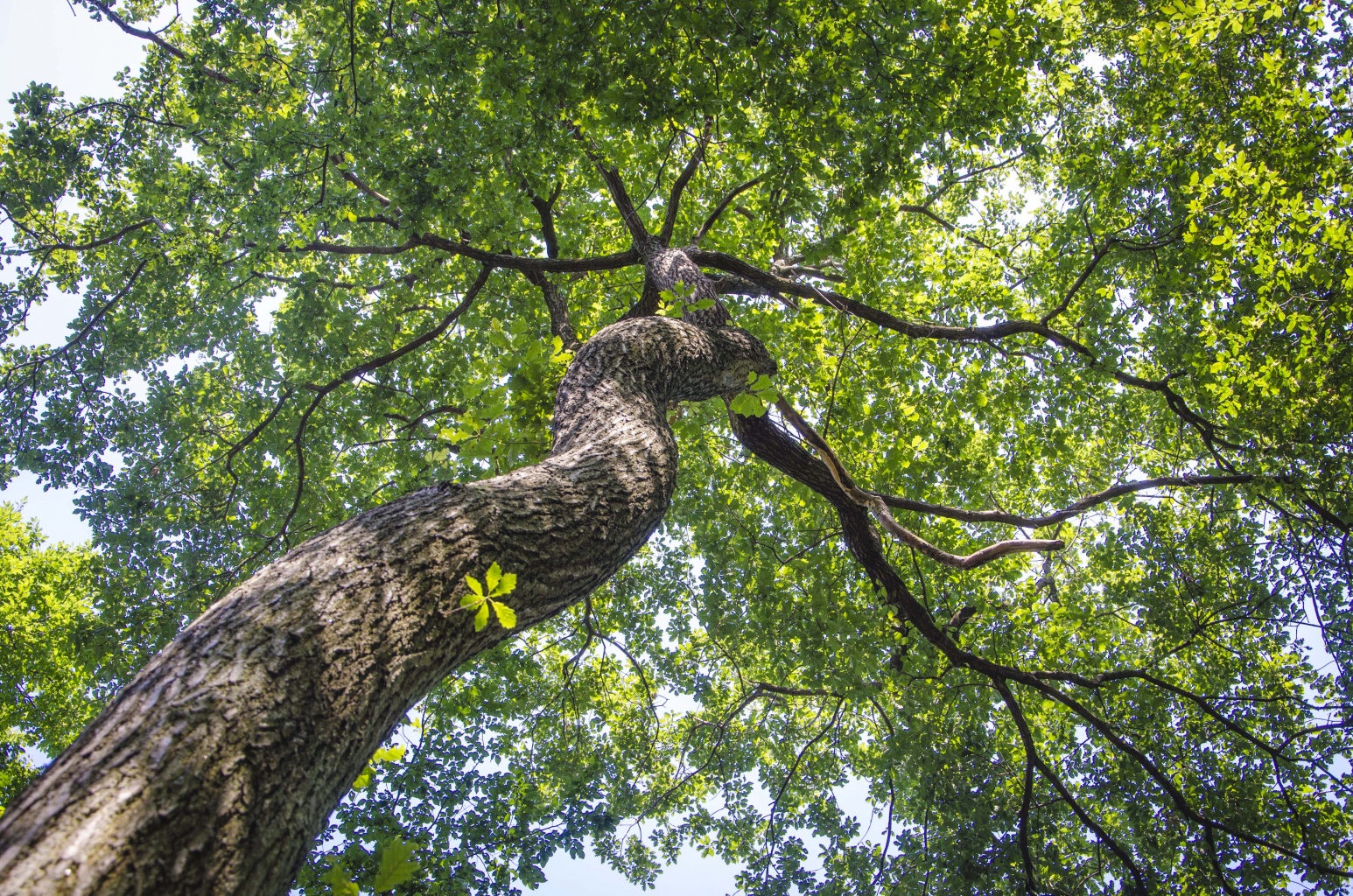
Reforest’Action, a green company inside and out, is committed to reforestation of our planet. After all, forests are the lungs of the Earth.
Forests make up about a third of the land and are the main source of oxygen on our planet. In addition, trees are able to accumulate carbon in wood, branches, and roots. While the new forest is growing (especially where it did not exist before), it actively absorbs carbon and stores it. It is also accumulated in dead wood, in forest floor and soil. For decades and even centuries forests have stored and also continued to process carbon dioxide absorbed from the atmosphere.
The fact remains, however, that by the XXI century humanity destroyed about 50 percent of the forest of our planet.
Large-scale bush fires and other natural phenomena have also led to catastrophic changes in the forest cover of the Earth. This, together with other factors, significantly influenced the carbon balance of our atmosphere, which, according to scientists, is one of the causes of global warming.
Higher temperatures therefore affect the state of the forests themselves. Instead of carbon absorbers, they begin to turn into powerful sources of its emission due to more active processes of decay because of a warmer climate.
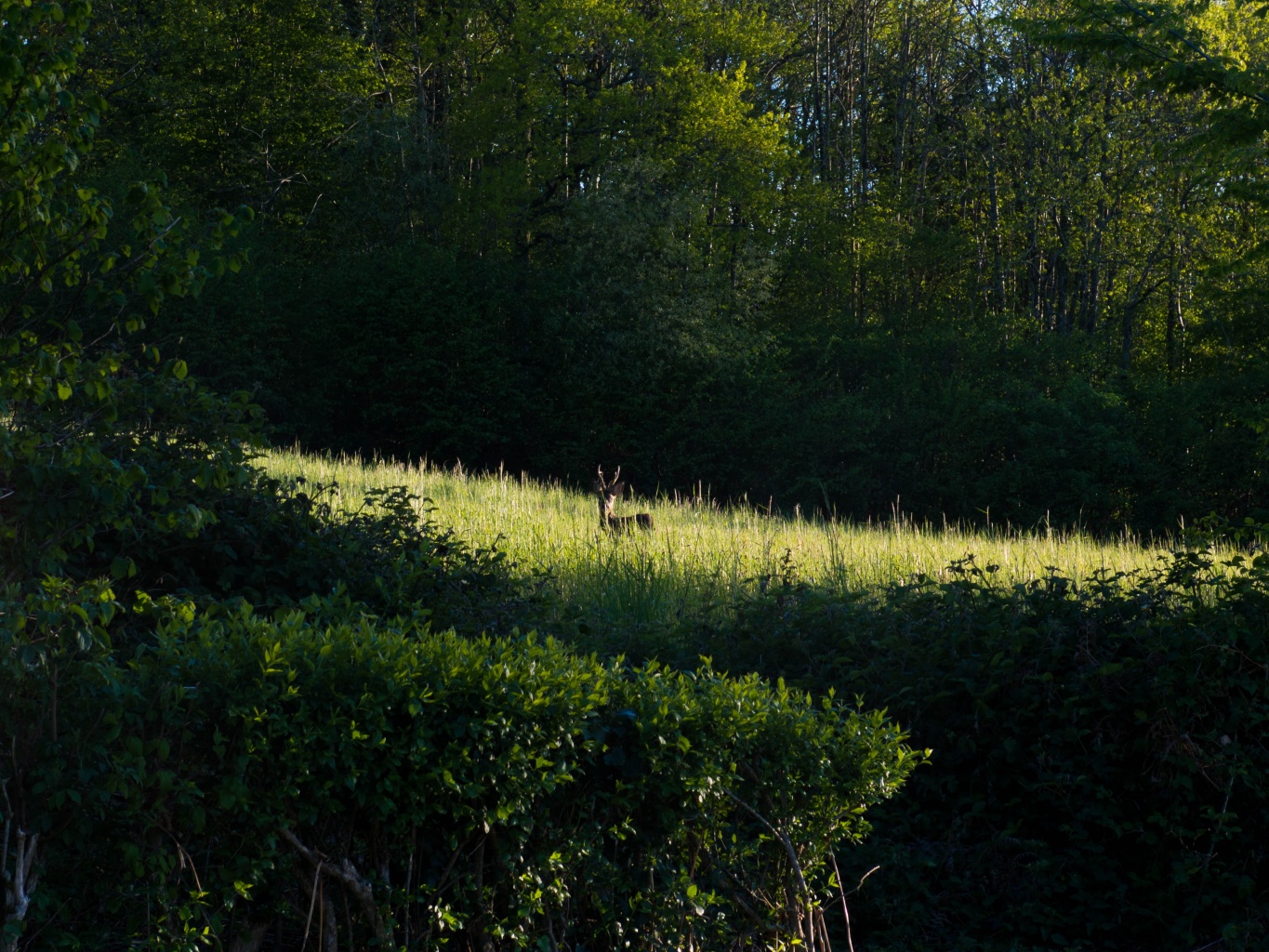
Here the ring closes. Add to this the amount of carbon that humanity emits daily when using public transport, mining and just for everyday purposes.
However, in recent decades, scientists, together with international organizations, as well as private individuals, began an active struggle for the restoration of forests.
One of such organizations is Reforest’Action.
EcoTourism Expert also advocates for the conservation of nature, which is why we were very interested in the Reforest’Action reforestation program.
The CEO and founder of this organization Stephane Hallaire talked with us about the idea of its creation, the development, as well as its initiatives.
- How exactly have you come up with the idea of launching the company? Why did you decide to dedicate your life to forest restoration?
- I created Reforest’Action 10 years ago. Back in 2010 I wasn’t connected to forestry anyhow. I was an engineer and at that time I wanted to dedicate my professional time to the topic that interested me, but I couldn’t set my mind on something in particular.

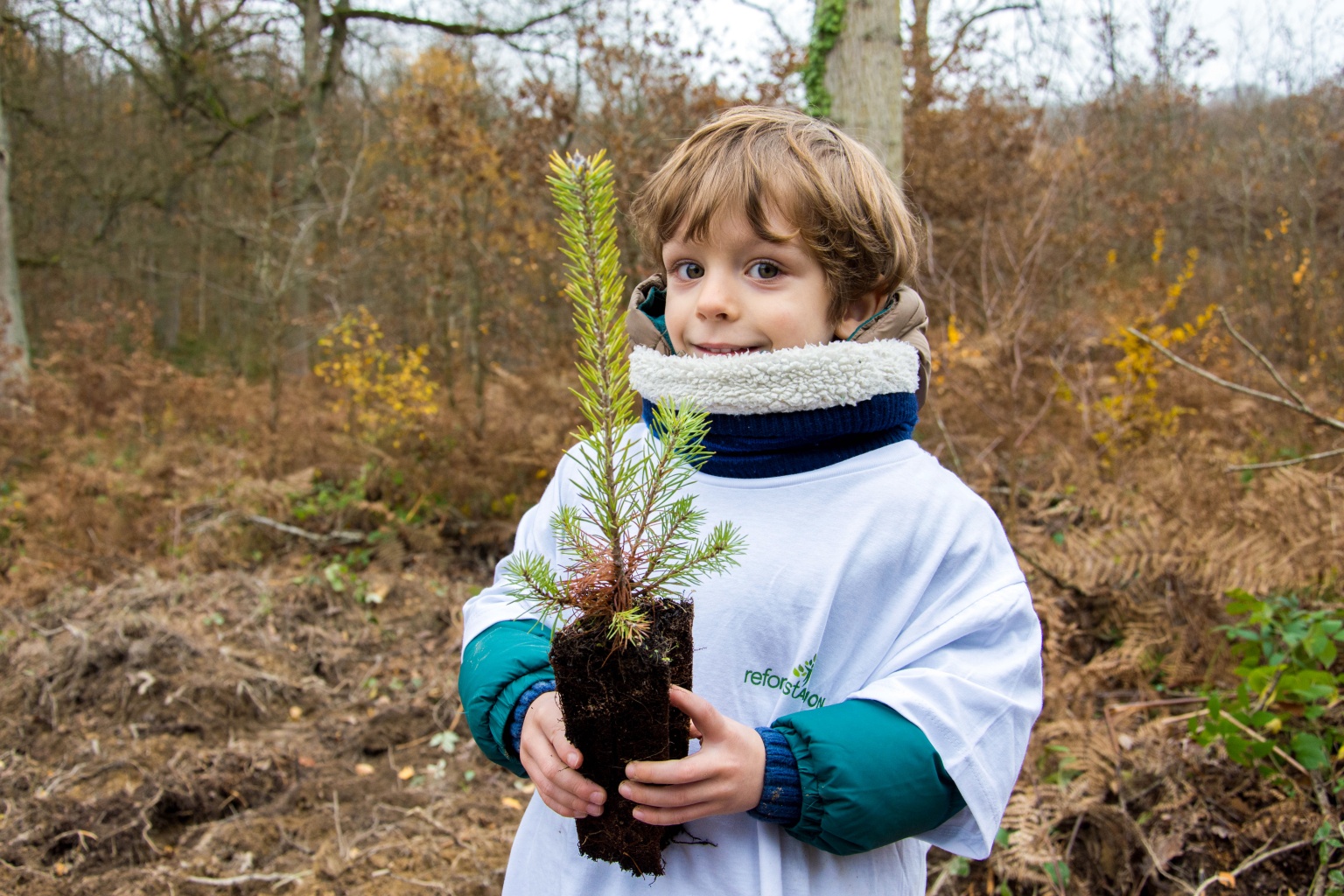
- And how many trees have you planted yourself?
- Well, I don’t know - I haven’t counted. But more importantly, together with «reforest actors» we have planted more than 5 million trees!
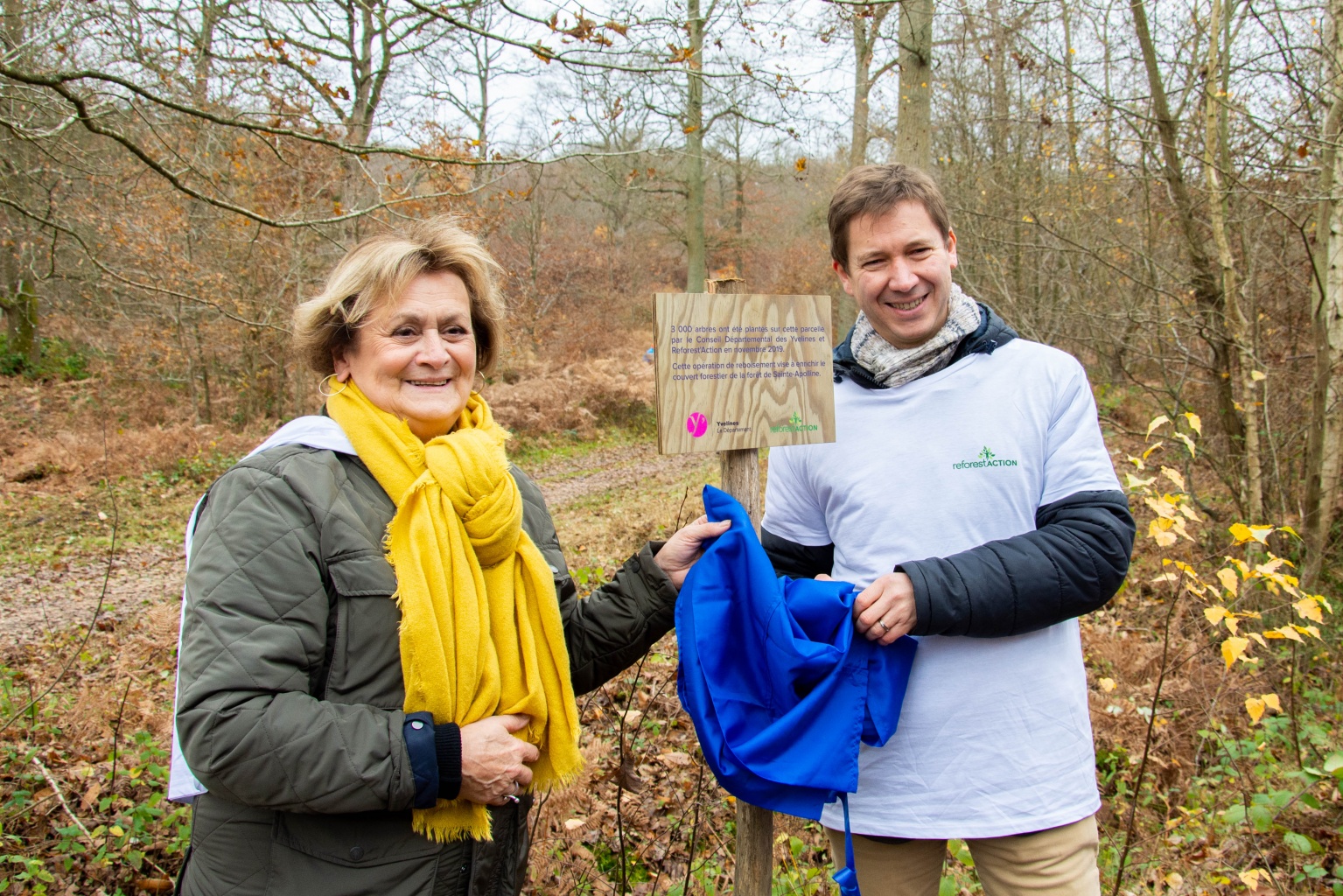
Since I planted my first mango tree in 2010, I have been planting several trees in each project, and I do it because I like it! But, you know, when I plant seedlings, I do not think about the quantity, but rather about what benefit it will bring. I am thinking of a better future for all of us!
- You mentioned planting trees online - how does it work exactly?
- There are two possible options. You choose where you want your tree to be planted - in which country and at which project. It costs 3 euros per tree and then you receive a certificate confirming that you planted a tree and you can follow the progress of your project on our website. You receive information about tree nurseries, plantations, and the stages of growth of your forest for 5 years. It’s either us or a local organisation that will plant your tree on your behalf. And you can also opt to offer a tree to whoever you like and even send a dedication message saying, for example, «Happy Birthday - here is a tree for you». And then the customer pays for the tree but the other person chooses the project. And he will receive the information concerning the tree.
- And is it possible for a customer to participate in planting in person?
-Yes, but only in some locations and on some occasions as most of the trees are planted by local organisations and forest professionals.

However, we organise plantations for those who wish to participate on site but it is not possible to do it wherever you want as some projects can’t welcome big groups of people.
Nevertheless, we try to attract people to our projects. Thus, for example, in March due to the International Day of Forests, we organize several group initiatives.
- Now that you embrace 20 projects worldwide the business seems very developed, but at the beginning - how difficult was it to raise the funding and what did you start from?
- It was extremely difficult and took me 5 years to make it sustainable. For the first two years I was on my own and I struggled to make it work. Back then we were planting trees in Senegal, Peru and India, but the organisation was funded by the French. And they all were telling me that the projects were too far and they were not able to see all the challenges the projects faced or the benefits they were bringing to locals. They couldn’t feel part of it. Thus, in 2014 we started developing the initiative of planting trees «near» people in France in addition to our existing projects. So that they could be part of the project and could go on site and see the progress themselves because they could see the trees. And from this point it started working because people were more involved. This involvement has played a key role.
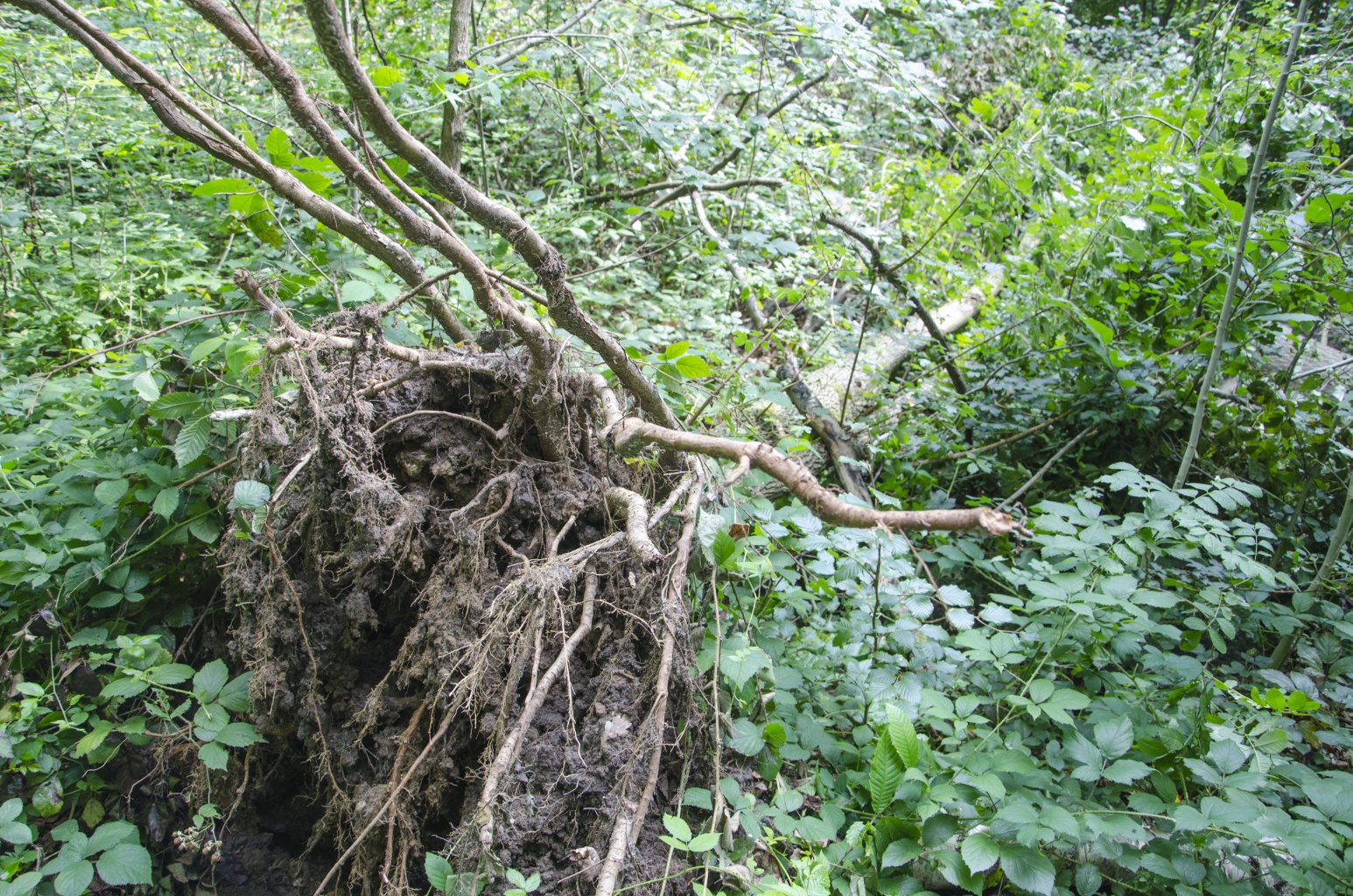
- And how are things going now?
- Now the company is growing very rapidly as everybody is aware of climate change, people go on strikes, take to the streets, because they know that we need to act now. And forests are a good solution to take action.
Now our company is known worldwide and we are a major player in the arena of forest restoration.
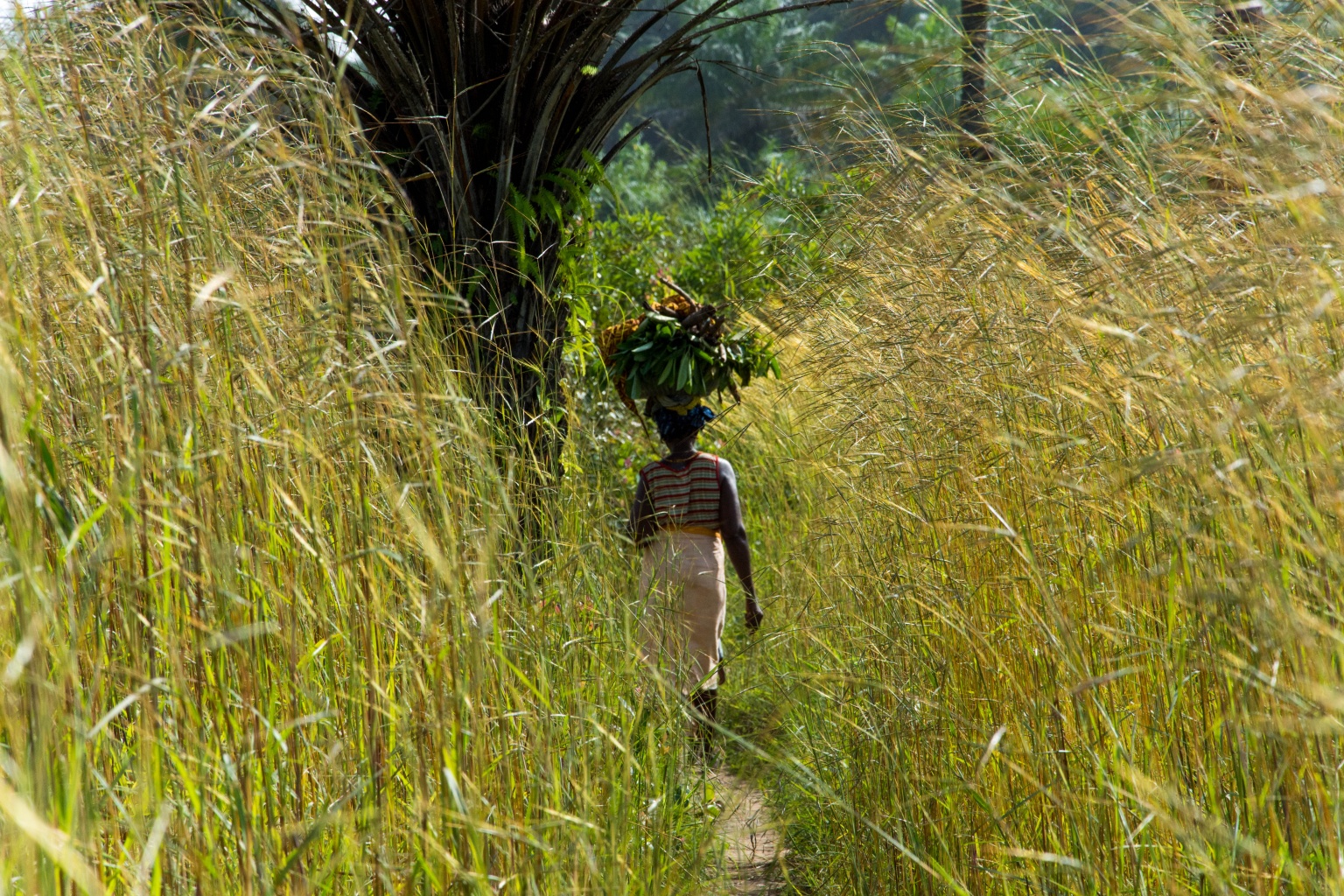
- You already plant trees in different parts of the world - have you thought of expanding to Russia or China, for example?
- We were considering extending our projects to Russia and wanted to plant trees there but we had an issue there - land ownership.
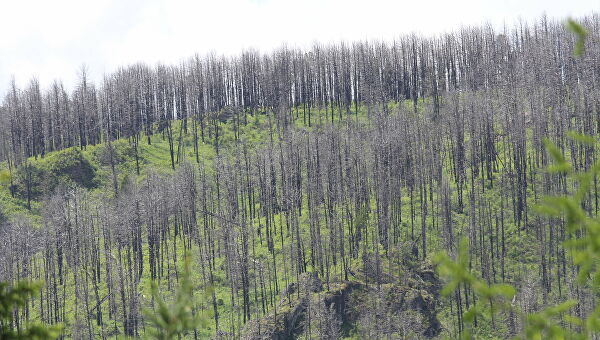
However, things can evolve and we will reconsider our decision.
China is very special and a lot of thing have already been done there by Chinese government and local environmental organisations. Though, I’m pretty sure that we will also have projects there in the near future but it isn’t our priority.
- And what are your priorities?
- These are such countries as Haiti, Brazil, Peru, Tanzania, and Africa as a whole because they lack resources and technical possibilities. We decided to act first where people are most in demand.
- Talking about technology, do you apply special techniques when growing trees in tree nurseries?
- It all depends on the countries and the type of land. There are some common rules. In some countries with good climate we grow trees from seeds that are collected locally thus it allows us to have local genetics and different species. In nurseries it takes trees 6 months to reach 50 cm and they are ready to be planted. And the trees grow extremely fast because it’s hot and humid in these ‘greenhouses’.
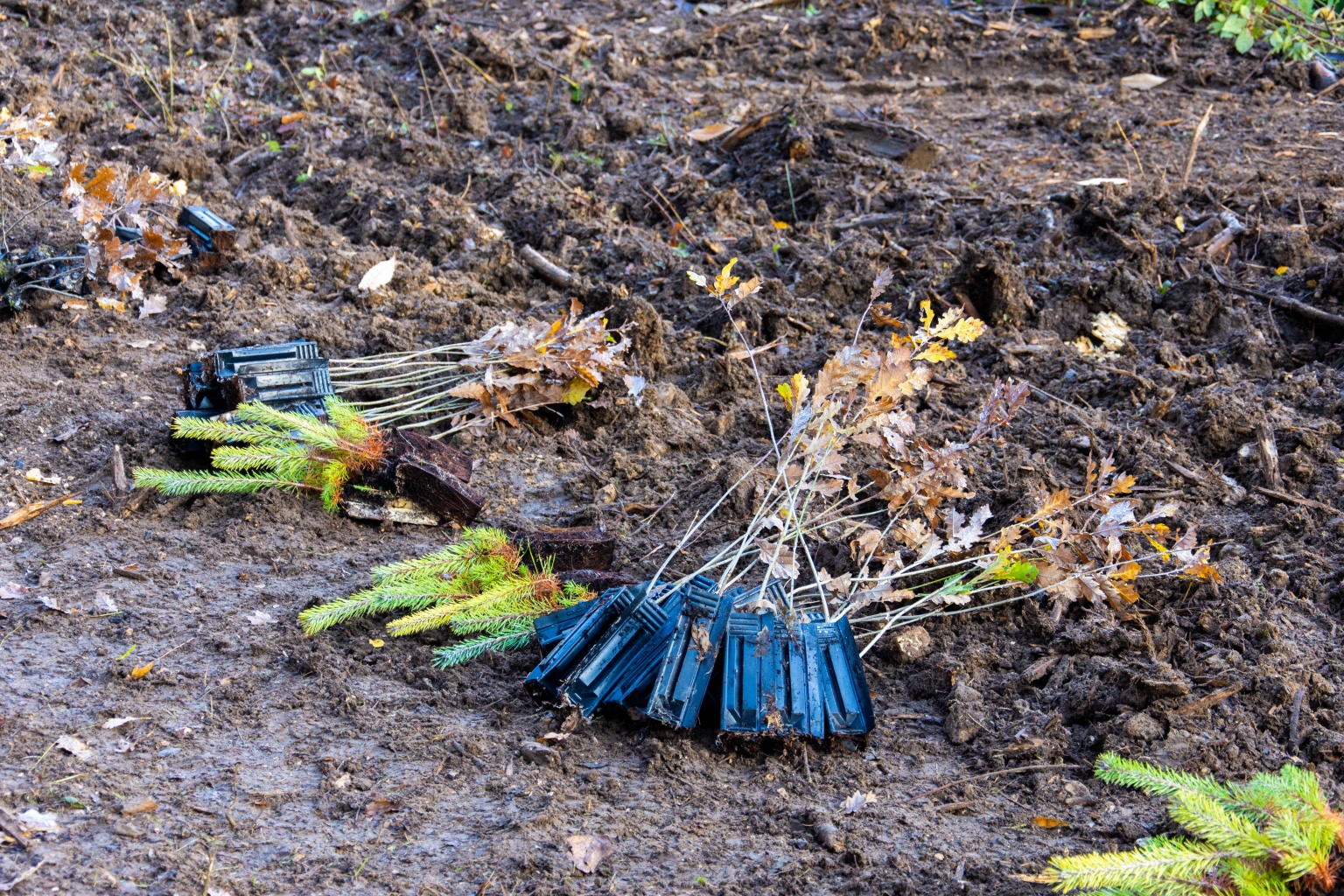
For urban plantations we use a Japanese method Miyawaki. The seedling plantations are very dense and the trees grow faster because of natural competition between the trees.
- And do you use fertilisers to boost the growth?
-No, never. The speed of growth is only attained due to natural competitiveness.
Our goal is to increase biodiversity and not to kill it.
- What do you do if the tree you planted dies?
- As I mentioned before, we track our projects for 5 years. And if a tree dies within 2 years after its plantation we replace it either at the same project or at a different one.

- Why at a different one?
- Because the tree might have died because the conditions for exactly this type of tree were not good enough and therefore it’s not a good idea to replant it at the same place as we’ll have the same result.
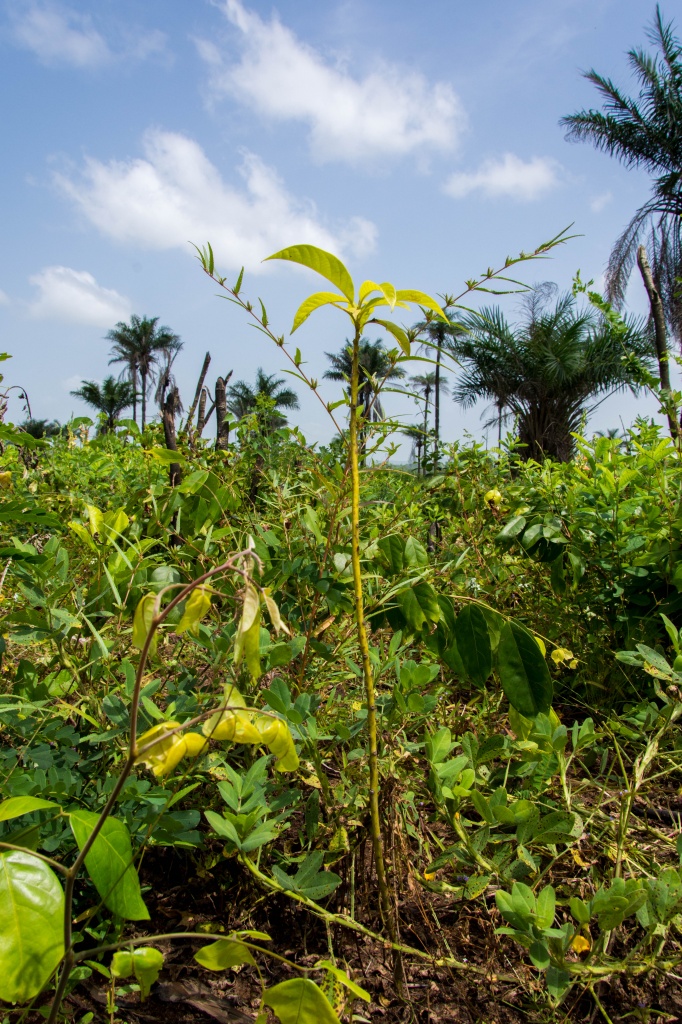
- As your projects are located all around the world how do you manage to track the progress?
- Normally we don’t visit the projects every month because the CO2 emissions would be enormous, so the way we manage that is through local partners that check the plantations on a daily basis.
- You try to reduce your CO2 footprint within your company, but do you also educate people on how to do it?
- Yes, on our website it’s possible to find the instructions on how to reduce the carbon footprint. The users can calculate it with the help of a special tool based on the data provided by the French government. They learn about what can cause these emissions and thus have an opportunity to offset their CO2 emissions thanks to the projects we run in different countries.

We also educate people on how to reduce the carbon footprint by changing the habits, depending on what you eat and what energy you use.
Our project is not only about planting trees but also about changing habits and lives!
